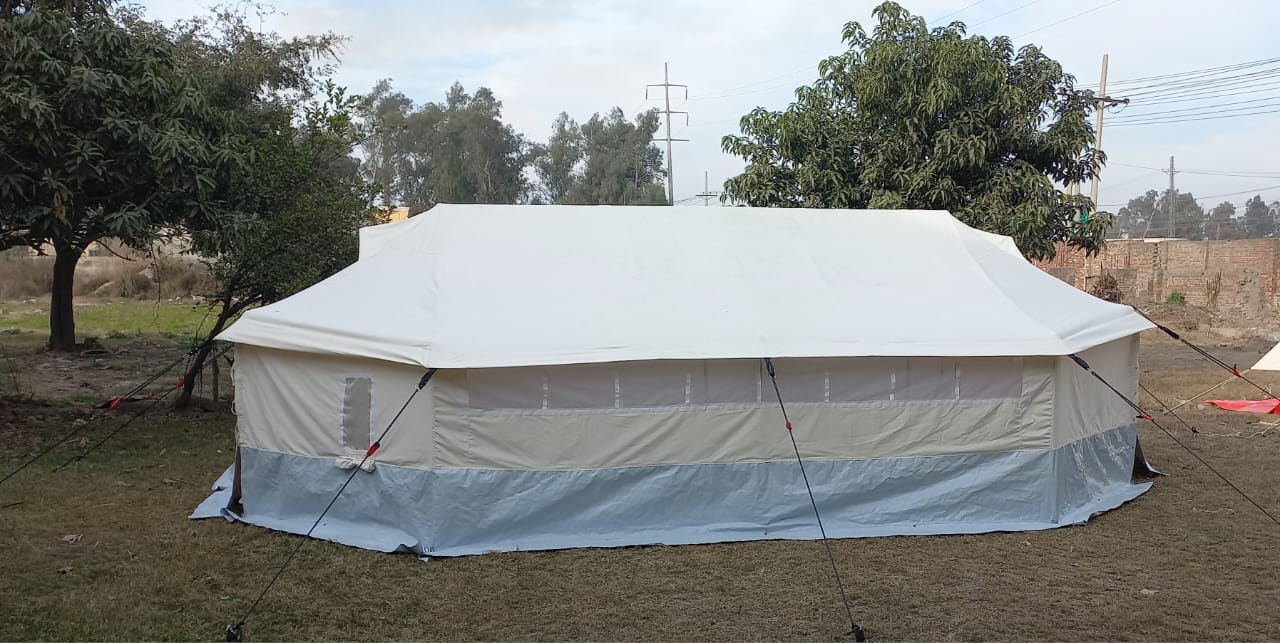Mambrane Structure
Membrane Structure Versatile Modern Architectural Solution
A Tent Or Membrane Structure Is A Type Of Architectural Construction That Uses Flexible Membranes Or Fabric Materials To Create A Lightweight And Adaptable Enclosure. These Structures Typically Consist Of A Fabric Canopy Or Membrane Stretched Over A Supporting Framework, Which Can Be Made Of Various Materials Such As Steel, Aluminum, Or Wood.
The Membrane Used In Tent Or Membrane Structures Is Often Made Of Synthetic Materials Like Polyester, Pvc (Polyvinyl Chloride), Ptfe (Polyethylene), Or Etfe (Ethylene Tetra fluoroethylene). These Materials Offer Properties Such As High Tensile Strength, Durability, Weather Resistance, And Translucency.
Tent Or Membrane Structures Can Take Various Forms, Including Tents, Canopies, Pavilions, Roofs, Or Even Entire Buildings. They Are Known For Their Lightweight Nature, Quick Installation And Dismantling Process, And Their Ability To Create Large, Open Interior Spaces Without The Need For Supporting Columns Or Walls.
These Structures Are Commonly Used In A Variety Of Applications Such As Event Venues, Sports Facilities, Exhibition Halls, Temporary Shelters, Aircraft Hangars, Shopping Mall Entrances, And Outdoor Entertainment Areas. They Provide Protection From The Elements While Allowing Natural Light To Enter The Space, Creating An Aesthetically Pleasing And Functional Environment.
Tent Or Membrane Structures Offer Versatility In Design, As They Can Be Customized To Meet Specific Architectural And Functional Requirements. Their Lightweight And Flexible Nature Also Makes Them Suitable For Temporary Or Semi-Permanent Structures That Can Be Easily Relocated Or Modified As Needed.
![]()







